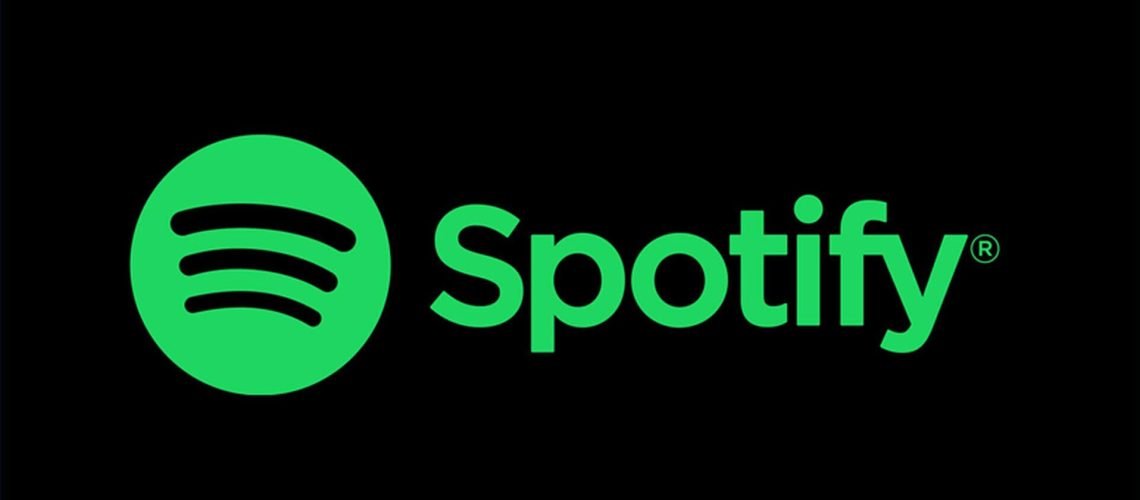There is an increasing demand for companies to become more agile, resilient, and innovative in the face of change and complexity. Business-to-business (B2B) organizations are not exempted from this demand. They need to adapt to an evolving business landscape, a rapidly changing technology environment, and the growing needs of their customers.
One approach that has proven to be effective in addressing these challenges is Agile engineering. To illustrate this, let’s look at a B2B company that has successfully employed Agile engineering methods: Spotify.
Spotify: A B2B Agile Engineering Success Story
Spotify, a leading global music streaming service provider, has embraced Agile engineering to create a culture of continuous improvement, delivering superior value to both B2C and B2B customers.
Spotify’s Agile journey is exemplified in their unique organizational model. They have developed their own version of Agile, commonly known as the Spotify model, which comprises Squads, Tribes, Chapters, and Guilds.
Squads
A Squad in Spotify’s Agile model, similar to a Scrum team in Agile methodologies, is a cross-functional group responsible for a specific product feature. For example, a squad might work on Spotify’s B2B playlist features. Their duties extend beyond development; they test, deploy, monitor, and refine these features. They use feedback and data to continually improve the user experience, reflecting Agile’s focus on adaptability and customer value.
Tribes
Tribes are groups of Squads that work on related areas of the product. For example, all Squads working on B2B features may be organized into one Tribe. The Tribe Leader facilitates cooperation and communication among Squads, enabling them to share knowledge and work cohesively toward shared goals.
Tribes in Spotify’s initial Agile model are groups of Squads working on related product areas. The benefits of this structure are:
Shared vision: Tribes ensure that all Squads are aligned towards a common goal, promoting unity and purpose.
Collaboration: This setup encourages Squads to share knowledge and resources, fostering innovation and better outcomes.
Communication: Tribe leaders facilitate open communication among Squads, enhancing clarity and understanding.
Problem-solving: Squads can pool expertise to solve challenges more efficiently within the Tribe.
Scaling Agile: The Tribe structure allows for the application of Agile principles at a larger scale, preserving autonomy and flexibility.

Chapters and Guilds
Chapters are like functional teams within a Tribe, where members from different Squads who have similar skills or roles convene. Guilds are broader, informal communities of interest where knowledge sharing occurs across the entire organization.
Spotify: A B2B Agile Engineering Success Story
A Squad in Spotify’s Agile model, similar to a Scrum team in Agile methodologies, is a cross-functional group responsible for a specific product feature. For example, a squad might work on Spotify’s B2B playlist features. Their duties extend beyond development; they test, deploy, monitor, and refine these features. They use feedback and data to continually improve the user experience, reflecting Agile’s focus on adaptability and customer value.
Understanding the Evolution
Spotify found that their initial Agile model was becoming restrictive in some areas. Some teams felt compelled to conform to the model, even when different strategies might work better for their specific needs. They realized that the key to Agile’s success is its flexibility and adaptability, which is not about conforming to a model but about embracing a mindset of continuous improvement, adaptability, and customer focus.
Spotify started encouraging teams to adapt Agile principles to their own unique context and needs. Instead of Squads, Tribes, Chapters, and Guilds, teams were free to organize and collaborate in ways that were most effective for them. The focus shifted from following a specific model to creating an environment where Agile principles could flourish.
Implementing Agile Engineering in Your B2B Company
While the Spotify model may provide a useful starting point, it’s essential to understand that Agile is not a one-size-fits-all solution. Here are some key lessons for B2B companies seeking to embrace Agile:
Agile is a mindset, not a model: Agile is about values and principles rather than specific practices or structures. It’s about embracing change, prioritizing customer value, collaborating effectively, and striving for continuous improvement. This mindset should guide your approach to Agile, not the specifics of any given model.
Adapt Agile to your context: Every company, project, and team is unique. What worked for Spotify may not work for your company, and that’s okay. Adapt Agile principles to your own context. Experiment with different practices, learn from your experiences, and iterate on your approach.
Evolve and improve continuously: Agile is about continuous learning and improvement. As your company, market, and customers evolve, so should your approach to Agile. Regularly reflect on your successes and challenges, and seek to improve your processes and practices.
Focus on outcomes, not processes: The goal of Agile is not to “do Agile” but to improve outcomes for your customers, your teams, and your business. Focus on these outcomes, and use Agile as a tool to help achieve them.
Train your teams: Provide Agile training to your teams so that they understand the principles and practices. This can involve external training programs like our ICP Fundamentals training, internal workshops, or even hiring an Agile coach to help you set up the teams and allw for professional strategy discussion with an expert.
In conclusion, Agile engineering offers immense benefits for B2B organizations. It may not be an easy journey, but with the right approach, support, and commitment, it can lead to substantial improvements in efficiency, effectiveness, and customer satisfaction. Spotify’s Agile journey serves as a great model for other B2B companies looking to enhance their agility and responsiveness in today’s fast-paced, customer-driven business environment.
A changing and unpredictable world
Those two frameworks can be valuable tools for businesses looking to navigate the challenges of the corporate landscape. The VUCA framework emphasizes the need for adaptability and flexibility, while the BANI framework emphasizes the need for innovation and awareness of emerging trends.
The key takeaway here is that businesses need to be equipped with the right tools and knowledge in order to thrive in today’s business environment. Whether you’re a small startup or a large corporation, understanding the challenges of volatility, uncertainty, complexity, and ambiguity, as well as the drivers of change, is essential. So, take a deep breath, stay flexible and adaptable, and keep your finger on the pulse of emerging trends. With the right mindset and approach, your business can not only survive, but thrive in this fast-paced and ever-changing world.







